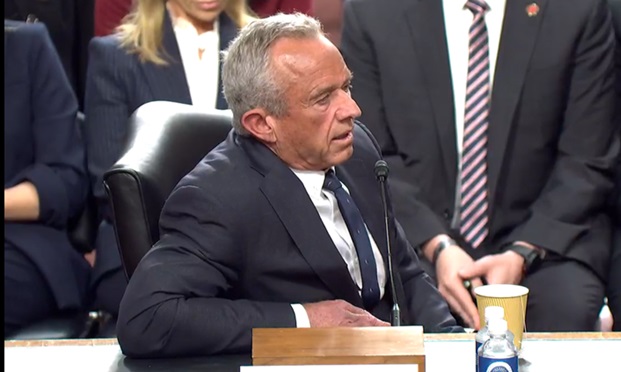Holders of health savings accounts are not just underutilizing HSAs by not saving enough in them, they’re also not capitalizing on what could be their greatest feature: investing.
So says a report from the Employee Benefit Research Institute, which reviews the trends in HSA usage from 2011–2016. Its database of 5.5 million accounts, with total assets of $11.4 billion as of Dec. 31, 2016, reveals that the average account holder apparently uses his HSA more as a specialized checking account, instead of as an investment account.
The full report, which looks at account balances, individual and employer contributions, distributions, invested assets and account-owner demographics for the period, finds that although HSAs “offer a valuable tax incentive to set aside money on a tax-favored basis for current or future medical expenses,” the majority of account holders are only using them for basic current expenses, such as deductibles, coinsurance and copayments.
They aren’t going any deeper to take full advantage of the tax preference by contributing the maximum.
But they are using those accounts, since overall, 63 percent of account holders withdrew funds. The average annual amount distributed was $1,771 in 2016, implying an average rollover of $1,151.
Average total contributions—both individual and employer contributions combined—rose from $2,348 to $2,922 between 2011 and 2016. This average was just above the minimum allowable deductible amount for family coverage, but less than half the allowable contribution maximum for family coverage.
It also appears that the longer someone has an HSA, the better his prospects for financial security. Since the rollover feature enables account holders to build up a balance to tackle unexpected major medical expenses, whether now or during retirement, some people are clued in and are putting in enough to grow the balance instead of depleting it each year for current expenses.
That’s indicated by average end-of-year balances, by the year the account was opened, growing, thus showing that financial security increases over time. Accounts opened in 2004, or earlier, had an average account balance at the end of the year of $14,873, while accounts opened in 2016 had an average $1,027 year-end account balance.
In addition, annual 2016 contributions are higher the longer an account owner had an account. Individual contributions averaged $3,658 among those who opened their account in 2005—nearly three times higher than those who opened an account in 2016, at an average of just $1,290.
The report also points out that it’s possible at least some of the low utilization of the investment feature could be due to people with relatively new accounts and not enough time to contribute the required minimum to invest.
In 2016, 11 percent of accounts opened in 2005 had investments other than cash, while just 1 percent among those opened in 2016 had actual investments. And overall in 2016, just 4 percent had investments other than cash.
Related: Take our quickie HSA quiz and see what you know about employer HSA rules
© Touchpoint Markets, All Rights Reserved. Request academic re-use from www.copyright.com. All other uses, submit a request to [email protected]. For more inforrmation visit Asset & Logo Licensing.






